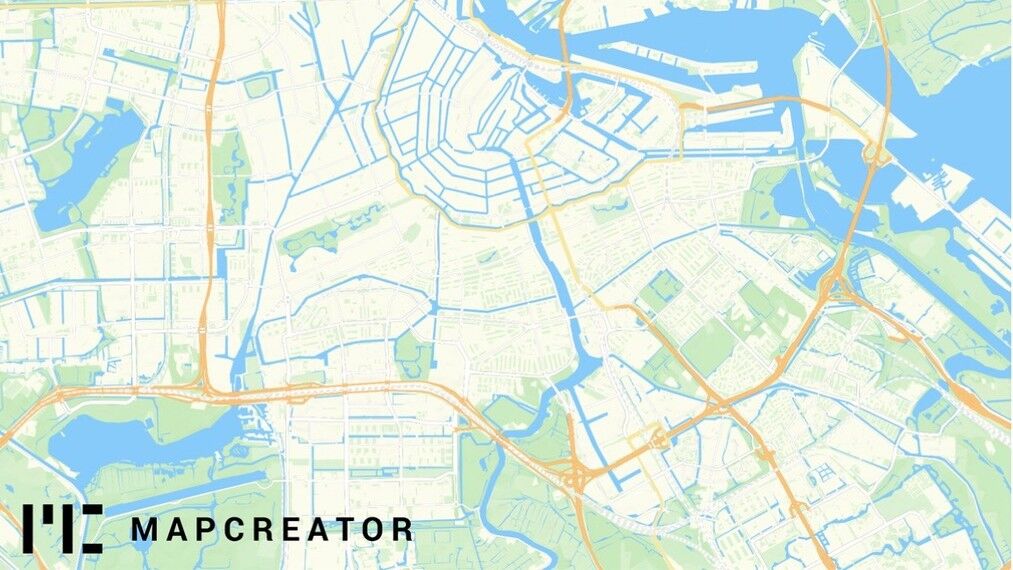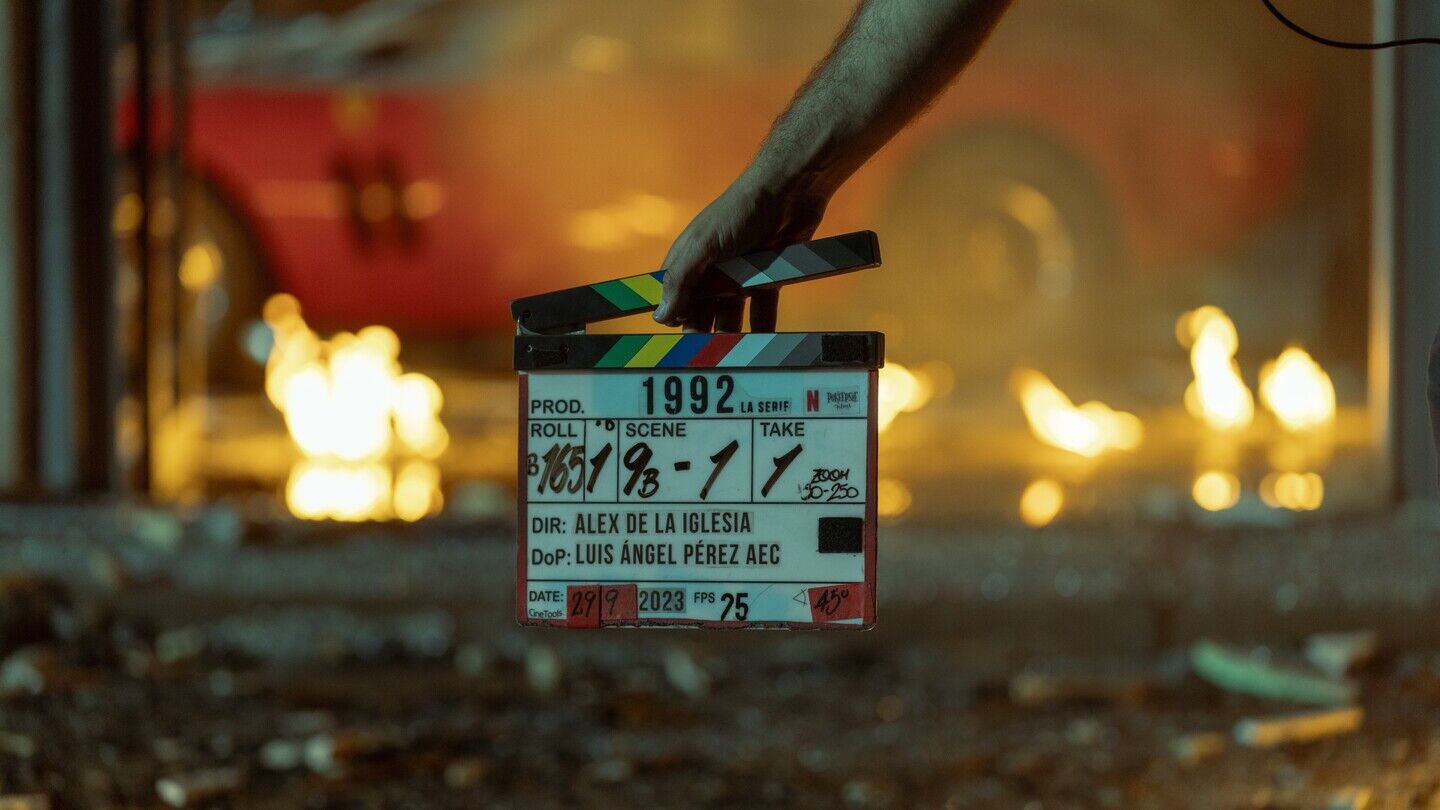As part of its celebrations for the 60th anniversary of Doctor Who, the BBC commissioned a feature-length version of one of the most important stories in the show’s history, in full colour with a Dolby Atmos soundtrack. Kevin Hilton talks to the sound designer and colourisation artists who worked on The Daleks in Colour.
Doctor Who is all about the past, the present and the future. For the past 60 years, the BBC science fiction series has followed the Doctor’s adventures through time and space, celebrating that milestone at the end of last year with three specials featuring one of the most popular recent Doctor and companion combinations - David Tennant and Catherine Tate - and also introducing the latest actor to take on the role, Ncuti Gatwa, ahead of his first full episode on Christmas Day.
The 60th-anniversary celebrations looked back to Doctor Who’s beginnings in 1963 with a feature-length, colourised version of the second serial to be broadcast, which is now available on Blu-ray Disc (BD) in Dolby Atmos immersive audio. The Daleks is famous for both introducing the fascistic mutants-in-a-can as enemies of the Doctor and cementing the popularity of the show with its young - and later cultish - audience...
You are not signed in
Only registered users can read the rest of this article.

Poacher turned gamekeeper: Netflix rules, for now
Netflix raids Hollywood to land a giant of old media, but having offered billions over the odds for ageing IP, would a smarter play have involved the creator economy?

Truth in the age of deepfakes: Building trust in the human-machine era
As deepfakes become prevalent throughout the media industry, experts at the BBC, Guardian, and ITN wrestle with the implications of today’s unprecedented levels of disinformation and distrust.

Rory Peck Awards: Truth has never needed its defenders more
This year’s Rory Peck Awards was an affirmation that press freedom is in severe danger, that it has become a vicious fight to sustain that facts matter. George Jarrett reports.

Camerimage: “The time to be afraid of AI was two years ago”
The festival of cinematography remains political with the rise of AI and gender equality bubbling beneath the surface.
.jpg)
Content Everywhere: Disruptive forces in 2025, from AI to ROI and SGAI
Looking back over 2025 to date, it’s clear that AI continues to widen its role in the Content Everywhere ecosystem, and many companies are becoming more discerning about how and where the technology should be applied to streaming and video technology. Clearly, there is still much more to come, and much more to learn, but what have recent developments taught the industry to date?



